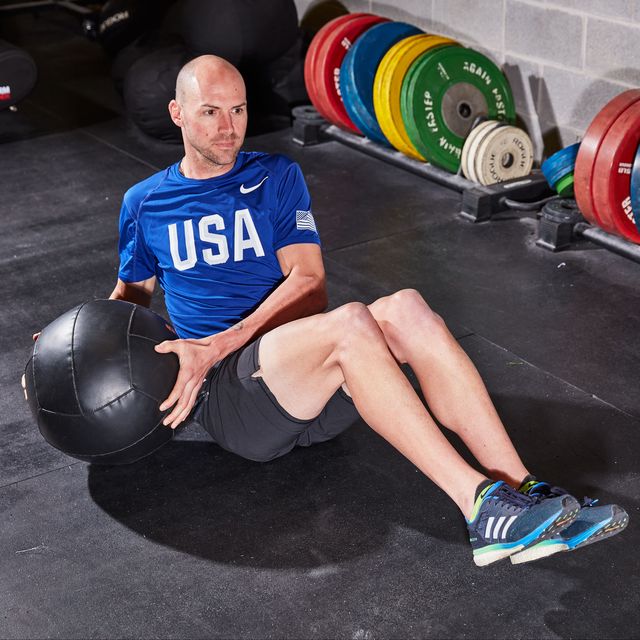- New research says there’s little difference in muscle gains when it comes to lifting heavier or lighter weights, but what matters most is consistency.
- The study author suggests aiming for two sets of full-body weight-training exercises, performed at least twice a week to see benefits.
When it comes to building muscle, many people ask whether it’s better to lift heavier weights for fewer repetitions or lighter weights for more reps. Well, a new research review published in the British Journal of Sports Medicine suggests the answer is simply yes to both.
To determine how different combinations of resistance training variables affected muscle strength and growth (scientifically known as hypertrophy), researchers looked at 178 strength studies and 119 hypertrophy studies, all of which included both male and female participants.
The researchers found that all forms of resistance training are beneficial, including bodyweight exercises, particularly when compared to not doing strength training. While they did discover that muscle strength is maximized with heavier weights, lighter weights were just as effective for increasing muscle size.
More From Runner's World

“This means it matters much less than we’ve been lead to believe that the variables like sets, reps, loads, free weights, and machines affect the outcomes of strength training,” lead author Stuart Phillips, Ph.D., professor of kinesiology and director of the Physical Activity Centre of Excellence at McMaster University in Ontario told Bicycling. “It’s true that to emphasize strength you need to lift heavy things, which is kind of a no-brainer, but for hypertrophy, you need volume of work.”
These results were not necessarily unexpected, considering previous work from Phillips and his research lab. They’ve published several papers showing people can make significant gains when lifting lighter weights to the point of exhaustion, even if that includes 30 reps or more.
For example, 2019 commentary in Current Opinion in Physiology by Phillips and other researchers noted that training variables like volume load, rests between sets, and time under tension while lifting weights all had negligible effects on resistance exercise training’s (RET) changes in muscle size and strength. In that opinion, Phillips wrote that an “uncomplicated, evidence-based approach to optimizing RET-induced changes in muscle size and strength follows the FITT principle: frequency, intensity, type, and time.”
One aspect that was surprising in the current study, however, is that the differences in strength gains between heavier and lighter weights was fairly modest, Phillips added. What turned out to be particularly effective is consistency, which won’t shock anyone who has a regular strength-training schedule, Phillips suggested—or regular run schedule, for that matter.
“The model is really that you need a decent volume of work,” he said. “That means multiple sets—at least two or more—and working out two or three times per week.”
If you want to get stronger, or maintain strength, Phillips recommended following the formula of at least two sets and at least two times per week, plus exerting a high degree of effort in each set—that means working to fatigue or failure. He also suggested hitting all major muscle groups.
“If you want specific benefits, visit a personal trainer,” he said. “But considering only about 20 percent of people do any strengthening exercise, despite its known health benefits, then this basic ‘entry-level’ prescription is remarkably effective.”
Elizabeth Millard is a freelance writer focusing on health, wellness, fitness, and food.
















